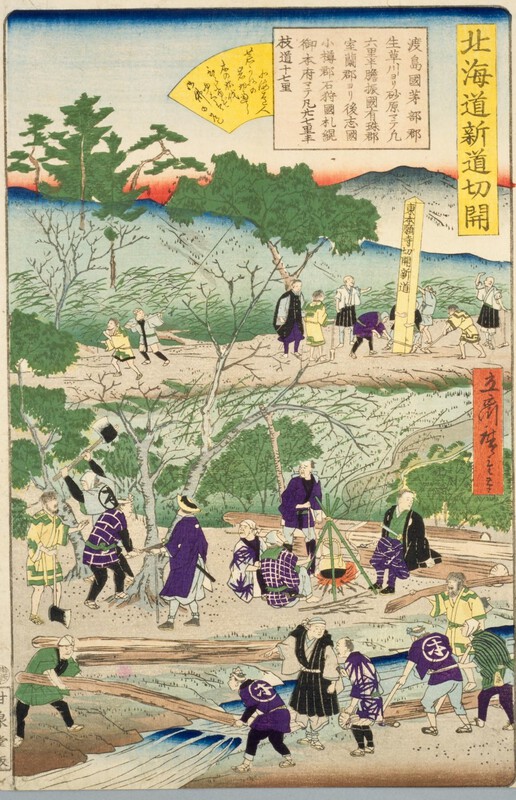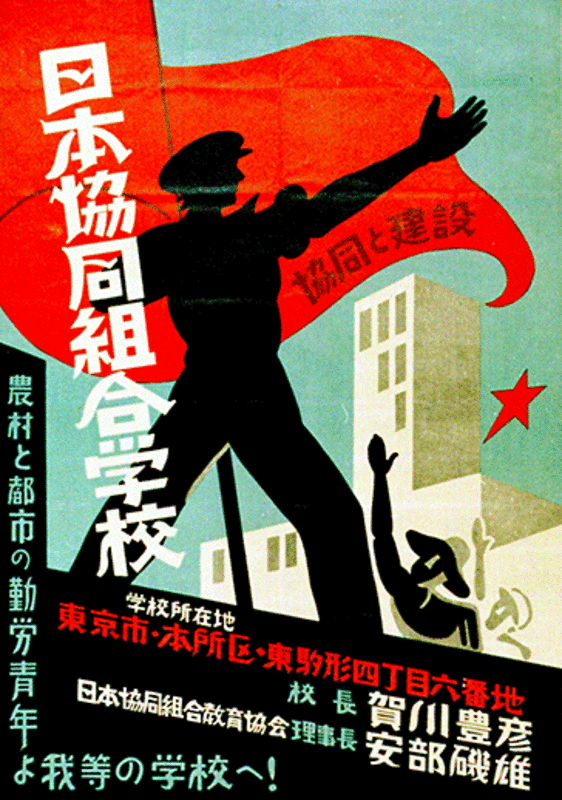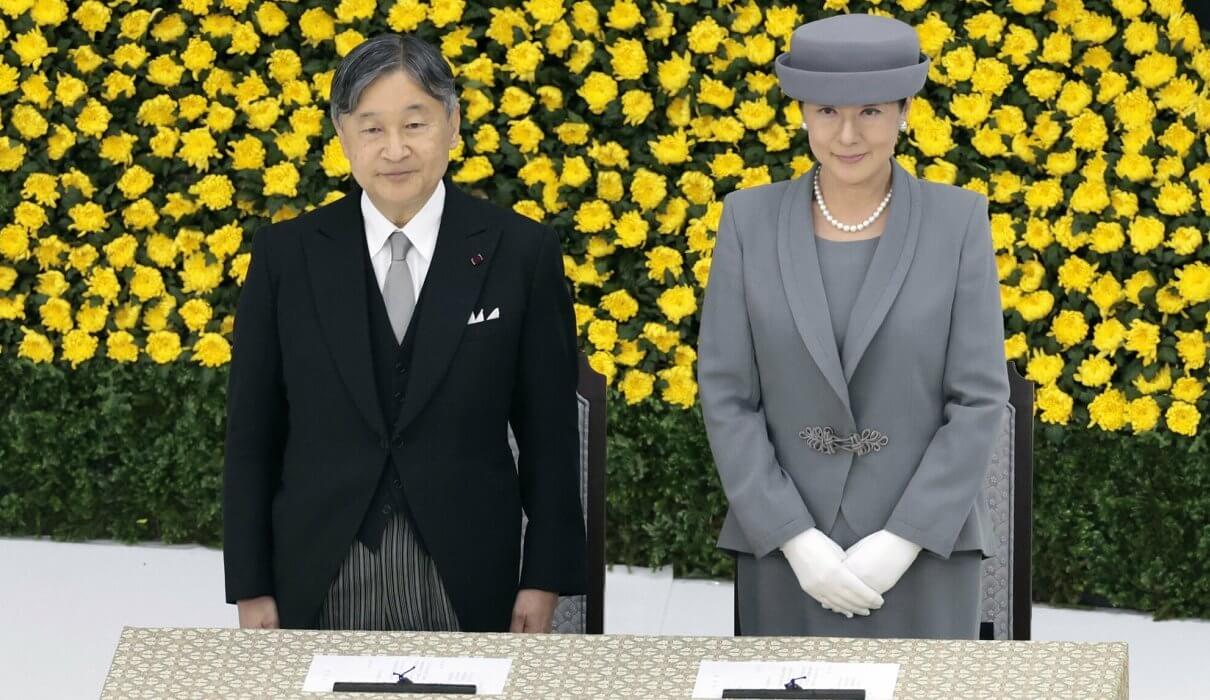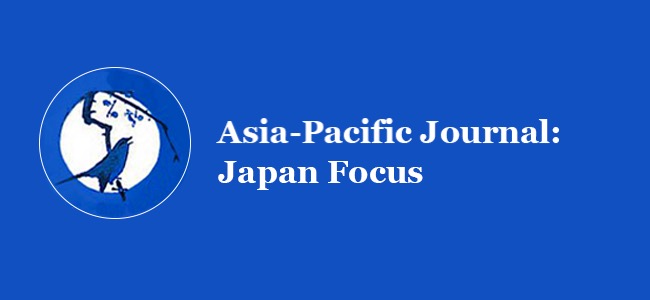[Ed. Note: This article is part of a collection of essays entitled “Critical Reflections on the 80th Anniversary of the End of World War II” published in August 2025.]
In 2025, marking the eightieth anniversary of the end of the Second World War, it was announced that Emperor Naruhito and Empress Masako would undertake visits to Iwo Jima and Okinawa—sites of intense ground battles during the Asia–Pacific War—as well as to Hiroshima and Nagasaki, the cities devastated by atomic bombings. These four locations had previously been visited by Emperor Akihito and Empress Michiko in 1994 and 1995, on the occasion of the war’s fiftieth anniversary. In this respect, the current imperial couple is consciously retracing the steps of their predecessors.
The initiatives undertaken by both imperial couples carry profound symbolic significance. During the Second World War, the young Akihito was evacuated from Tokyo and returned only after Japan’s surrender. Upon his return, he encountered the capital reduced to ruins—an experience that profoundly shaped his awareness of the catastrophic consequences of war. Following his marriage to Michiko, Akihito engaged in numerous diplomatic visits abroad as a representative of the Japanese monarchy. While collective memory of the war was fading within Japan, many of the countries he visited—particularly those subjected to Japanese occupation—retained vivid recollections of wartime suffering. Confronted with this stark contrast, Akihito came to believe that the war must never be forgotten and that its memory must be actively preserved.
The enduring legacy of the war was not limited to foreign lands. Okinawa, where fierce ground combat between Japanese and American forces had occurred, exemplified the domestic dimension of this memory. In 1975, during a visit to the Himeyuri Student Corps Memorial, Akihito and Michiko were the targets of a Molotov cocktail attack by a local youth—an incident that underscored the complex and unresolved sentiments toward the imperial institution that persisted in the prefecture. Acknowledging the gravity of this encounter, the imperial couple continued to return to Okinawa, confronting its historical wounds through repeated visits and engagement with survivors and commemorative sites.
Upon ascending the throne, Emperor Akihito, together with Empress Michiko, actively advanced initiatives aimed at fostering historical remembrance. This commitment became particularly visible in 1995, during the fiftieth anniversary commemorations of the war’s end. On 15 August, at the official memorial service for the war dead, Emperor Akihito delivered a personal address emphasizing the importance of historical reflection and the need to ensure that the tragedies of war are never repeated. It was highly unusual for a reigning emperor to call so explicitly upon the nation to confront its wartime past, and his remarks were subsequently reiterated at memorial services in the years that followed. From that point onward, his unwavering dedication to historical remembrance became increasingly apparent. As the generation with first-hand experience of the war gradually dwindled, he evidently felt a personal responsibility, as a survivor, to remind the public of its collective memories.
In 2005, marking the sixtieth anniversary of the war’s end, Emperor Akihito and Empress Michiko took an unprecedented step. Ordinarily, overseas visits by the Emperor and Empress occur at the invitation of the host state; however, on this occasion, they traveled to Saipan without a formal invitation from the United States. Saipan had been the site of a brutal Asia–Pacific War battle that claimed the lives of numerous Japanese and American soldiers, as well as many Japanese civilians. At Banzai Cliff, where civilians—indoctrinated with the belief that capture was dishonorable—had leapt to their deaths while shouting “Long live the Emperor,” the imperial couple offered solemn prayers. Widely reported in the media, their actions left a deep impression on the Japanese public, underscoring their commitment to honoring the memory of the war’s victims. Such undertakings came to be described as “memorial journeys,” representing a new form of imperial engagement rooted in reconciliation and remembrance.
These “memorial journeys” stood in marked contrast to the security policies pursued by the administration of Prime Minister Abe Shinzō, which sought to strengthen ties with the United States and expand Japan’s role in Pacific security. Under Abe’s leadership, the Self-Defense Forces were further reinforced, and legislation enabling overseas operations was enacted. These developments provoked public concern that Japan might once again be drawn into armed conflict. For many who harbored such anxieties, the activities of Emperor Akihito and Empress Michiko served as a symbolic counterweight to the government’s security agenda, reinforcing hopes that the imperial couple’s stance might act as a moral brake on any drift toward militarism.
Following Akihito’s abdication, Naruhito ascended to the throne. Together with Empress Masako, he has continued the “memorial journeys” initiated by his parents. Unlike Akihito and Michiko, however, both Naruhito and Masako were born after the war and possess no personal memories of it. This generational distance may appear to render their engagement with wartime remembrance more abstract and potentially more challenging.
Nevertheless, the actions of Naruhito and Masako, as conveyed through media coverage, have served to revive public awareness of the war. In 2025, they visited Mongolia, where many Japanese soldiers had been detained and forced into labor in the aftermath of the conflict—a historical reality long overshadowed by the better-known issue of Siberian internment. Their visit to a memorial monument for the detainees brought this lesser-known episode to national attention, reaffirming the imperial role in transmitting wartime memory to future generations.
On 15 August 2025, during the national memorial service for the war dead, Emperor Naruhito declared, “We will continue to pass on the hardships of the war and post-war period.” This address explicitly called for the preservation of wartime memory. In contemporary Japan, the symbolic emperor thus continues to be perceived as a custodian of the nation’s remembrance of war.
象徴天皇の行動は戦争を記憶するのに役に立つのか?
河西秀哉(名古屋大学)
戦後80年を迎えた2025年、現在の天皇(徳仁)が妻の皇后(雅子)とともに、アジア・太平洋戦争の激戦地であった硫黄島と沖縄、さらには原子爆弾が投下された広島や長崎を訪問する予定が発表された。この4つの場所は、戦後50年の1995年(そして前年の1994年)、平成の天皇と皇后(明仁と美智子)が訪問した場所である。つまり、現在の天皇と皇后は、父親と母親の足跡を辿る旅を行ったのだ。
この二人の天皇の行動には大きな意味がある。明仁は戦時中に疎開をし、敗戦後に東京へ帰ってきた。その時、彼は一面焼け野原になった東京の状況を見、戦争の悲惨さを理解した。その後、明仁は結婚をし、美智子とともに天皇の代理として各国を訪問する。敗戦後の日本では次第に戦争の記憶は風化しつつあったが、明仁が訪問した国々の事情は異なっていた。日本に侵略された国では、戦争の記憶はその後も残り続けた。明仁と美智子は訪問国でその風を感じたのである。侵略した日本は忘れかけていても、侵略された国は忘れてはいない。その状況に気がついた結果、明仁は戦争について忘れてはいけない、記憶し続けなければならないと考えるようになる。
戦争の記憶が残り続けたのは海外だけではない。アメリカと日本との地上戦が行われた沖縄も同じだった。1975年、沖縄を訪問した明仁と美智子は、戦争中の犠牲者であったひめゆり学徒隊の慰霊碑に立ち寄った。そこで、彼らは沖縄の青年から火炎ビンを投げつけられた。これは、沖縄にとって天皇制に対する複雑な感情が残っており、自分たちもまさにその対象であると認識した出来事となった。明仁と美智子はその後、沖縄を何度も訪問し、戦争の記憶に積極的に向き合った。
天皇に即位した明仁は、皇后になった美智子とともに、その後も戦争を記憶する活動を積極的に展開していく。それが顕著に国民に対して意識されるようになったのが、戦後50年にあたる1995年である。明仁は8月15日に実施される戦没者追悼式で、歴史を顧みること、戦争の惨禍が再び繰り返されぬこと、を自身の言葉で述べた。天皇が、戦争の歴史を直視するように国民に求めたことは異例だった。これらの言葉は、翌年以降の戦没者追悼式で述べられた。ここからは、明仁の強い思いが伝わってくる。次第に戦争を経験した人々が少なくなってくるなかで、体験者である自分が人々の記憶を喚起しなければと思ったのだろう。
さらに、戦後60年にあたる2005年には、明仁は美智子とともに大きな行動に出る。普通、天皇と皇后が外国を訪問するときは、相手国からの招待に応じて出かける。ところがこの年、明仁と美智子は、アメリカからの招待なしにサイパンを訪問したのである。サイパンはアジア・太平洋戦争の激戦地である。日本やアメリカの軍人たちだけではなく、日本人住民などに多数の犠牲があった。「バンザイクリフ」と呼ばれる崖からは、捕虜となってはいけないと教育された住民たちが「天皇陛下万歳」と叫んで、数多く飛び降りた。明仁と美智子はその「バンザイクリフ」を訪問し、拝礼した。彼らのこの姿はテレビなどで報道され、人々に明仁と美智子による慰霊の活動が印象づけられた。そして、「慰霊の旅」と呼ばれるようになる。
明仁と美智子による「慰霊の旅」は、安倍晋三内閣の進める安全保障政策と対比されるものであった。安倍内閣は、アメリカとの連携を強化し、太平洋の安全保障に日本も積極的に関わることを目指した。その結果、自衛隊はより増強され、海外での活動もできる法律が整備されていった。そうすると、人々のなかには、日本が再び戦争に巻き込まれるのではないかという不安が高まることになる。そうした感情を有した人々は、明仁と美智子の活動が戦争への歯止めになると期待した。そして、安倍内閣のカウンターとして、明仁と美智子を捉えていく。
明仁は退位し、徳仁が天皇に即位した。徳仁は、妻の雅子とともに、父親と母親がやって来た「慰霊の旅」を継承している。とはいえ、徳仁も雅子も戦後生まれであり、明仁と美智子とは違って、戦争を経験していない。戦争を知らない天皇と皇后が、戦争の記憶に向き合うのは、どこかで実感がなさそうにも見えるなど、困難さも伴うだろう。
しかし、徳仁と雅子の行動が、メディアを通じて伝えられ、人々に戦争の記憶を喚起したことも事実である。2025年、彼らはモンゴルを訪問した。モンゴルは戦後、多くの日本兵が抑留され、強制的に労働をさせられていた。とはいえ、この事実はこれまで日本ではほとんど知られてこなかった。シベリア抑留という大きな問題に隠れていたからである。しかし、徳仁と雅子が抑留者を祀った慰霊碑を訪問したことで、その問題が掘り起こされ、人々に伝えられた。新しい天皇も戦争の記憶を次世代に伝える役目を担ったのである。
徳仁は2025年8月15日、戦没者追悼式のなかで、「戦中・戦後の苦難を今後とも語り継ぎ」という文言を述べた。それは、天皇が戦争の記憶を記憶することを求めるあいさつだった。このように、現在の日本では、象徴天皇は戦争を記憶するための存在であると思われる。




